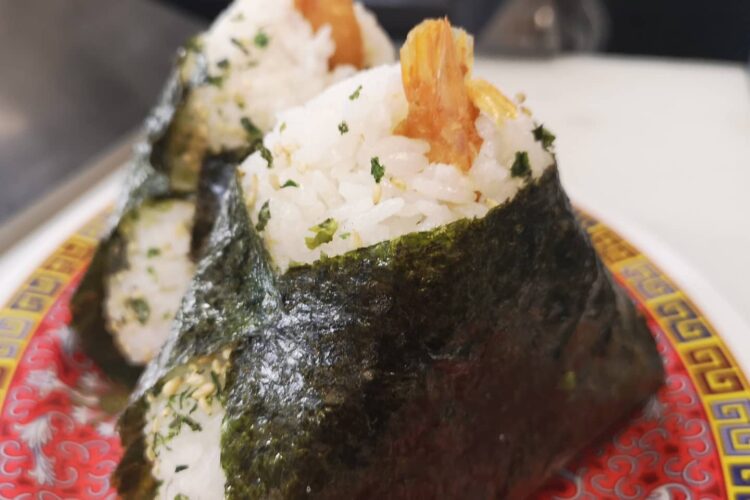*This post contains affiliate links for products.
Onigiri and Musubi are a Japanese snack consisting of a ball or block of rice with a filling inside, or on top. You’ve probably seen them before. Typically, they are shaped like a triangle and wrapped in nori. They are a popular snack at Japanese convenience stores, or kombini. Korea also has the same sort of thing, called kimbap. They are triangle-shaped as well, or rolled like maki. In all the examples, the premise is the same. Snack. Rice. Filling.
Onigiri are excellent for packing in a lunchbox or bento, much like sandwiches. They don’t have to be reheated, and typically aren’t refrigerated, as they will make the rice harden. Rice, while we’re on the topic, is medium grain to ensure that it sticks together. It’s not seasoned with vinegar like sushi rice, but rather simply seasoned with salt. In North America, the calrose variety is the most popular and common. There are also rice seasonings that are readily available from the store called furikake that you can roll your onigiri in, or mix into the rice. These are typically seasonings made with shredded nori, sesame seeds, dried bonito, salmon, togarashi, or egg.
Furikake rice seasoning available from Amazon.
When it comes to fillings, there are lots of fun and delicious ones that are a nice departure from the standard sandwich. Some popular fillings are cooked tuna or salmon, simmered mushrooms, pickled plums (umeboshi), bamboo shoots, nori tsukudani (nori and soy sauce simmered to a umami bomb paste), fried chicken, fried shrimp, tarako (cod roe), okaka (bonito flakes and soy sauce). There are plenty of possibilities for the types of onigiri you can make at home if you just use your imagination and experiment.
Onigiri rice moulds available from Amazon.
Making onigiri is pretty simple if you just follow a few steps and organize. You really don’t need much for special tools, as you already have the best tools at your disposal… your hands. Other than that, all you need is a clean work surface, a wet towel for wiping surfaces and knives, salt, a bowl of water, your fillings, nori sheets, furikake (if you choose), and rice. It’s best to make sure you have everything (your mise en place) near you and ready to go. Most people that get discouraged from home cooking simply lack organization. Once you put a little time into prep, the cooking part goes much faster and easier, and hence, more fun.



